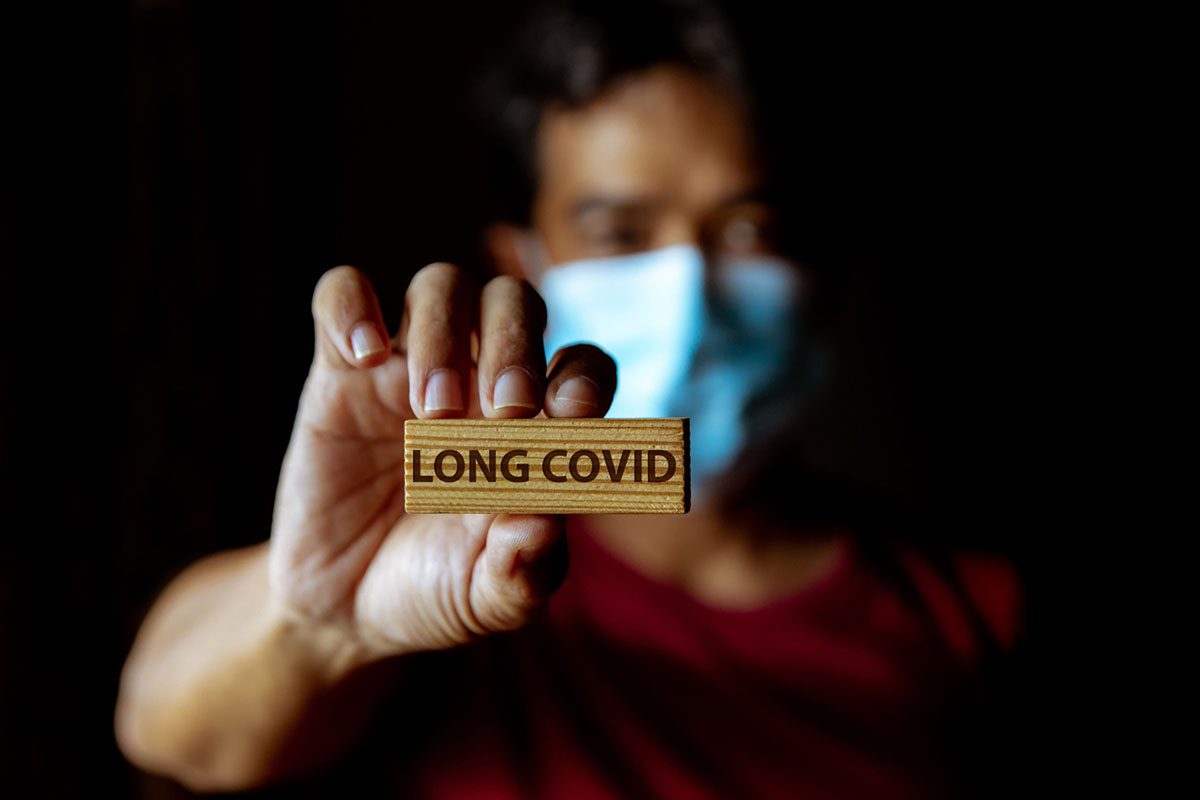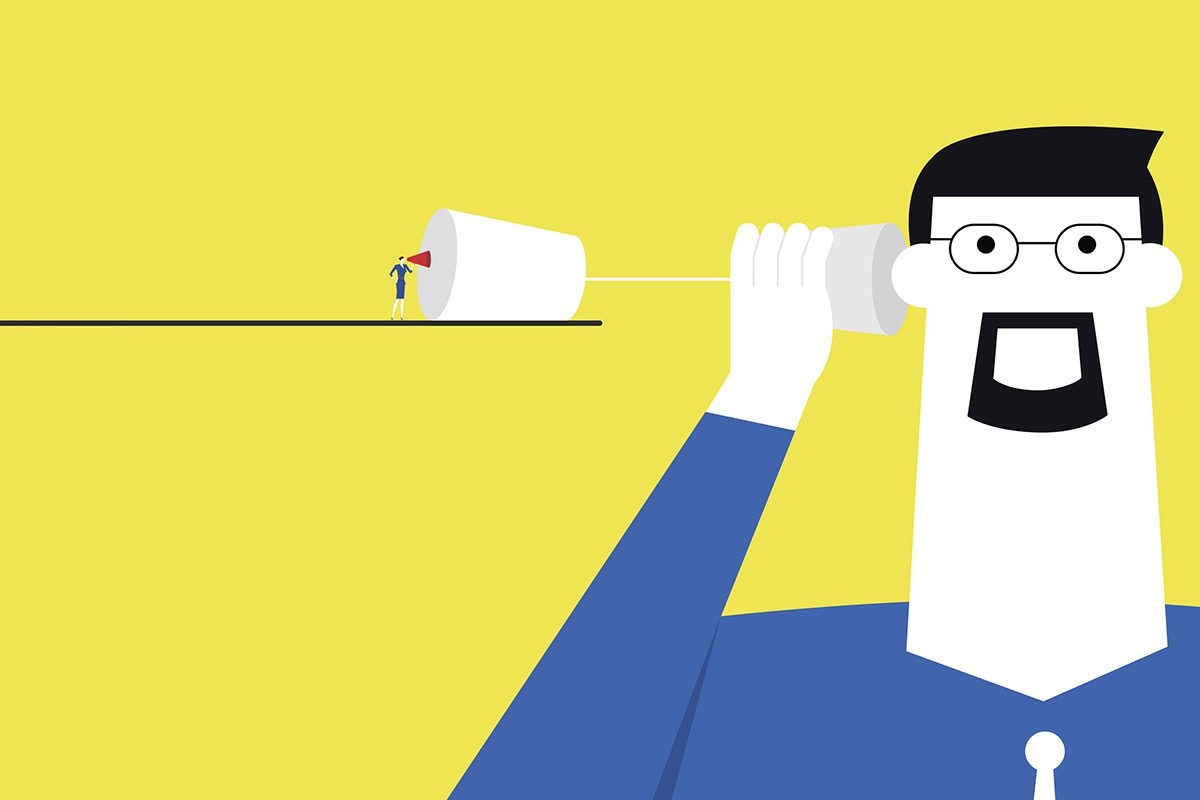Prim Care Companion CNS Disord 2022;24(4):22lr03298
To cite: La Tegola D, Rossi E, Colmegna F, et al. Health care workers during the COVID-19 pandemic: focus on psychological distress and burnout. Prim Care Companion CNS Disord. 2022;24(4):22lr03298.
To share: https://doi.org/10.4088/PCC.22lr03298
© Copyright 2022 Physicians Postgraduate Press, Inc.
aDepartment of Psychiatry, Azienda Socio Sanitaria Territoriale Monza, Monza, Italy
bDepartment of Medicine and Surgery, University of Milano Bicocca, Monza, Italy
cUnit of Occupational Health, Azienda Socio Sanitaria Territoriale Monza, Monza, Italy
*Corresponding author: Davide La Tegola, MD, Via G.B Pergolesi 33, Monza, MB 02900 Italy ([email protected]).
“See article by Cahill et al”
To the Editor: We read with interest the study by Cahill et al1 regarding the mental well-being of health care professionals in the United States and its connection with the perception of the adequacy of personal protective equipment (PPE) and the hours of contact with coronavirus disease 2019 (COVID-19) patients during aerosolization procedures. Cahill et al1 reported that approximately 24% of the health care workers surveyed had moderate or severe anxiety, 14% had moderate or severe depression, and 7% had a high risk of burnout.
We know that there are different peculiarities between the US and Italian health care settings, including differences in terms of timing and response to the COVID-19 pandemic. In particular, Italy was one of the first countries involved and had to respond promptly to the emergency.2 However, we believe that the endpoint, ie, the investigation of psychopathologic outcomes on the category of essential operators, as well as the professional categories investigated, means a comparison between the data reported by Cahill et al1 and the results of a study of ours can be particularly interesting and useful.
Our team set out to investigate the psychological impact of working during the pandemic on health care workers in Northern Italy. To this end, a survey consisting of a section for the collection of sociodemographic variables and standardized questionnaires aimed at measuring depressive, anxiety, and stress symptoms (Depression Anxiety Stress Scales–21 Italian version3), pandemic-related psychological distress (Impact of Event Scale–Revised Italian version4), prevalence of burnout syndrome (single-item question5), and level of functional impairment was used. This survey was administered to a sample of health care professionals (n = 109) and to a sample of the general population (n = 100).
In our study, the prevalence of depressive symptoms in the health care group was 37%, while rates of anxiety symptoms and stress symptoms were 54% and 58%, respectively (for each category, the range of symptom severity goes from “mild” to “extremely severe”). The prevalence of perceived burnout in the health care personnel was 45%. Burnout was also positively correlated with all other variables investigated. Interestingly, the comparison between operators dedicated to COVID-19 units and operators from other departments did not produce significant differences, whereas the comparison between the professionals and the general population showed significant differences in terms of depressive, anxiety, and stress symptoms (higher among health care workers).
Although our investigation did not focus on the perception of the adequacy of PPE (which in our experience was limited during the first wave of the pandemic and subsequently improved to adequate levels during the following waves) or the hours in contact with COVID-19 patients, we believe it is constructive to compare our results with those of Cahill et al1 to contribute to the expansion of international efforts dedicated to describing and deepening the understanding of the factors that can affect the mental well-being of health care personnel.
Dr Cahill was shown this letter and declined to comment.
Submitted: April 1, 2022.
Published online: July 19, 2022.
Relevant financial relationships: None.
Funding/support: None.
References (5)

- Cahill AG, Olshavsky ME, Newport DJ, et al. Occupational risk factors and mental health among frontline health care workers in a large US metropolitan area during the COVID-19 pandemic. Prim Care Companion CNS Disord. 2022;24(2):40038. PubMed CrossRef
- Carmassi C, Foghi C, Dell’Oste V, et al. PTSD symptoms in healthcare workers facing the three coronavirus outbreaks: what can we expect after the COVID-19 pandemic. Psychiatry Res. 2020;292:113312. PubMed CrossRef
- Bottesi G, Ghisi M, Altoè G, et al. The Italian version of the Depression Anxiety Stress Scales–21: factor structure and psychometric properties on community and clinical samples. Compr Psychiatry. 2015;60:170–181. PubMed CrossRef
- Craparo G, Faraci P, Rotondo G, et al. The Impact of Event Scale–Revised: psychometric properties of the Italian version in a sample of flood victims. Neuropsychiatr Dis Treat. 2013;9:1427–1432. PubMed CrossRef
- Dolan ED, Mohr D, Lempa M, et al. Using a single item to measure burnout in primary care staff: a psychometric evaluation. J Gen Intern Med. 2015;30(5):582–587. PubMed CrossRef
Please sign in or purchase this PDF for $40.




